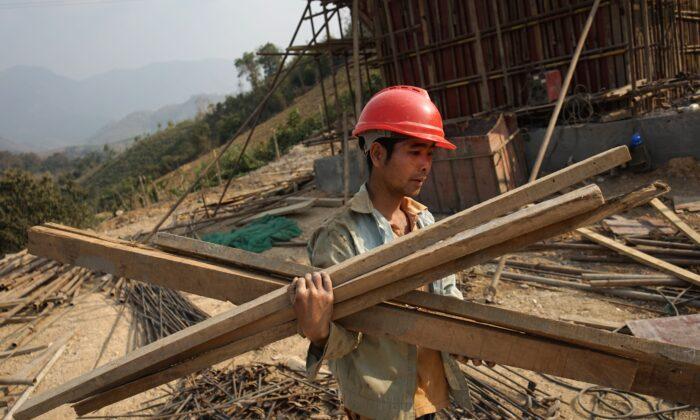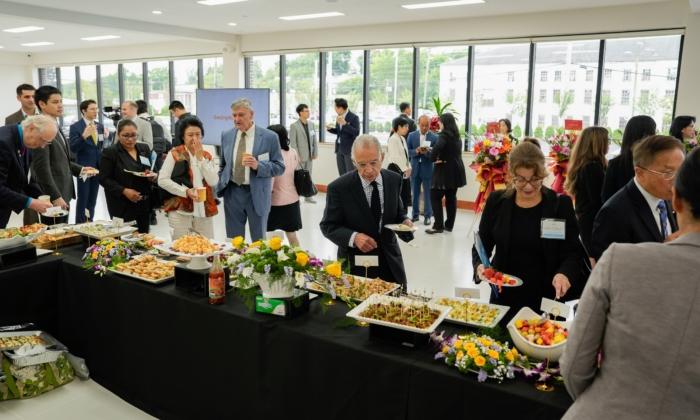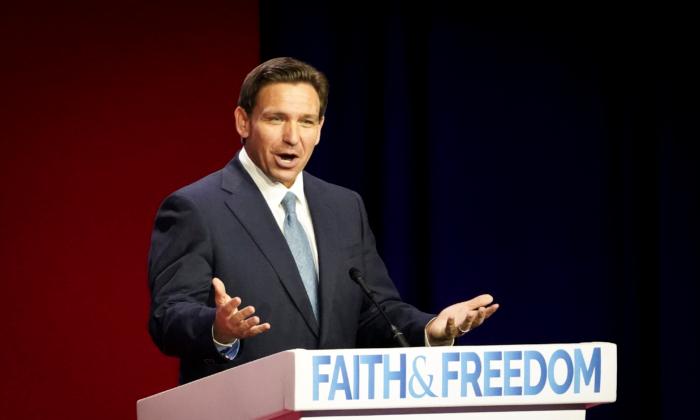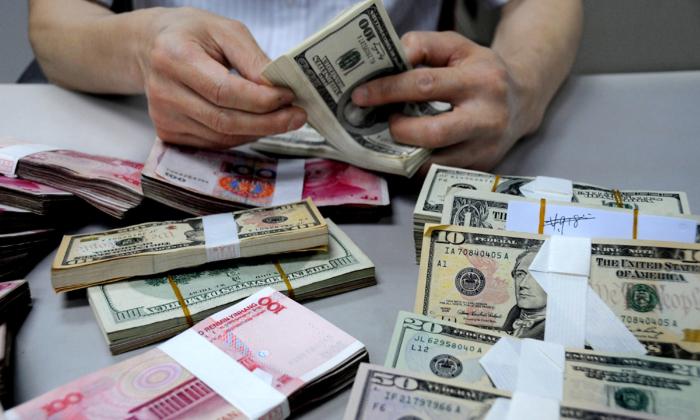Laos, in the hope of expanding exports and attracting tourists, built the joint venture Laos-China Railway with China, its most important export market and trading partner.
The construction took five years and the railway officially opened at the end of 2021. But as China’s economy currently appears to stall, Laos finds itself in a position where it may have to repay its debt from the railway construction with its natural resources.
The World Bank’s June China Economics Update forecasts China’s real GDP growth to slow to 4.3 percent in 2022, which means China’s import demand will fall, a further blow to Lao’s already fragile economic situation.
In April, the World Bank reported Laos’ inflation rose from less than 2 percent in February 2021 to 9.9 percent in April this year. It is the highest level in over a decade and has significantly threatened Laos’ living standards, especially for low-income households.
Laos’ public debt levels have also increased significantly since 2019. The World Bank’s preliminary estimates indicate that the total public and publicly guaranteed (PPG) debt increased from 68 percent of GDP ($12.5 billion) in 2019 to 88 percent of GDP ($14.5 billion) in 2021. Around 50 percent of the public debt is from Chinese creditors.
Using Borrowed Capital
In recent years Laos invested heavily in infrastructure with borrowed capital, most of which came from the Chinese Communist Party’s ‘One Belt, One Road’ funding. The 418-kilometer Laos-China Railway is one of them.The Laos-China Railway stretches from the northern border town of Boten to the capital Vientiane. More than 60 percent of the route are bridges and tunnels with a designed operating speed of 160 km/hour. It cost a total of nearly RMB 40 billion (approximately US$5.9 billion) which was split in a 7:3 equity ratio between Chinese enterprises and the Laos government.
Many Chinese companies are involved in the project from construction, supervision, third-party inspection to rolling stock supply. Companies include China Railway Group Limited, Power Construction Corporation of China, Tianjin New Asia Pacific Engineering Construction Supervision Company, China Railway Southwest Research Institute, CRRC Qingdao Sifang Locomotive & Rolling Stock, and CRRC Dalian.

The Laos-China Railway uses Chinese equipment and material in accordance with Chinese technical standards, it connects to another 595-kilometer railway in China that goes to Kunming, Yunnan Province, a step closer to several finance hubs in China.
The Laos-China Railway is only the first step in the Chinese Communist Party’s Trans-Asian Railway project as it is planned to extend it to Thailand, the Malay Peninsula, and Singapore.
It is evident that Chinese enterprises can benefit massively from this project, and as for the Chinese Communist Party (CCP), with their 70 percent stake in the project, they can control the operation and revenue from the Laos-China Railway as well as advance their geopolitical ambitions.
In fact, in order to put the railway plan in action, the CCP not only offered to provide a loan to Laos but also did so with a 5-year grace period, Laos did not need to begin repaying the loan until construction was completed.
According to the agreement, Laos was to contribute nearly US$2 billion to the Laos-China railway project, and 30 percent of the project’s initial capital to China. According to an article in The News Lens on Dec. 1, 2021, these two components were almost entirely covered by a loan provided to Laos from the Export-Import Bank of China.
However, China has required that if Laos is unable to repay its debts, it must be repaid with natural resources. The Minister of Energy added that Laos’ 5 million tonnes of mineral resources could be used to repay debts to China.
China’s Economic Growth Rate Projected to Decrease
The World Bank report said that even with economic stimulus, China’s real estate sector will continue to be affected by the deleveraging of real estate companies in the short term.Reducing industrial carbon emissions will also affect Chinese companies’ production lines and “Zero-COVID” measures have depressed the services sector. At the same time, China faces the negative impact of a declining labor force, lower returns on capital, economic distortions, and an aging population.
China is the largest source of export revenue for Laos. From 2020 to 2021, Laos’ exports to China increased from $2 billion to $2.6 billion. Key exports to China include copper concentrate and other metal minerals, pulp, cardboard, rubber, fruit, nuts, rice, maize, and other grains.
The World Bank forecasts that China’s economic slowdown will have a negative impact on exports and production in East Asia and Pacific (EAP) countries, including Laos, Thailand, and Vietnam. Moreover, the impact of the war in Ukraine and rising global inflation will reduce GDP growth in the EAP region to 5 percent in 2022 from 7.2 percent last year.
The economic slowdown and declining export revenue increase the risks of Laos defaulting on its loans. Previously, Laos had repaid some of its debts with natural resources.
Laos is gifted with water resources and has long wanted to specialize in hydropower and has been building many dams on the Mekong River. But this comes with the cost of tremendous debts, including from the “One Belt One Road” initiative.

According to the World Bank, Laos’ energy sector—run by Electricité du Laos— accounted for more than 30 percent of the country’s total PPG debt by 2021. And it was unable to repay debts, the Laos government used a debt-to-equity swap to give control of the country’s power grid to a Chinese enterprise.
In September 2020, Electricité du Laos transferred a majority stake to China Southern Power Grid. The two parties signed a 25-year concession agreement that allows China Southern Power Grid to build and manage Laos’ electricity network system, including the export of electricity to neighboring countries.
China’s request to countries to repay debt with their natural resources also happened in other countries such as strategically important Sri Lanka.
Sri Lanka was forced to sign a 99-year lease in December 2017, handing over the assets and operation of the Hambantota Port to China Merchants Group, a state-owned enterprise operating under the Chinese Ministry of Transport, due to its inability to repay the huge debt incurred in building the port.
There is usually a confidential agreement when the CCP signs contracts with other countries through the “One Belt One Road” scheme, which means that the citizens of these countries will not be aware of the potential risks involved. Christoph Trebesch, a German academic, told RFI that the CCP manipulates the most strict conditions in an attempt to control that country’s internal affairs.





